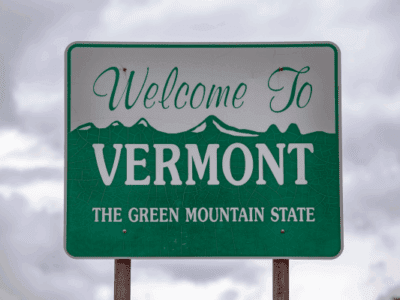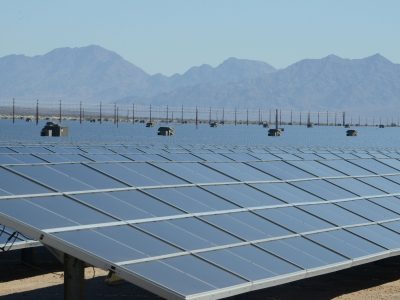Justice Scalia and Environmental Law
Scalia’s decisions were almost unremittingly anti-environmental.
Over the past three decades, Justice Scalia did much to shape environmental law, nearly always in a conservative direction. Because of the importance of his rulings, environmental lawyers and scholars are all familiar with his work. But for the benefit of others, I thought it might be helpful to summarize his major environmental decisions. The upshot was to restrict EPA’s authority to interpret environmental statutes, make property rights a stronger bulwark against environmental protection, restrict the ability of environmental groups to go to court, and limit federal authority over rivers and wetlands.
Administrative law. The Chevron test says that an agency’s interpretation of a statute is entitled to deference. It can be set aside only if it is contrary to an unambiguous statute or if it is an unreasonable interpretation of an ambiguous statute. There are only three cases in which the Supreme Court has ever held that a statute’s interpretation of an ambiguous statute was unreasonable, all three written by Scalia: Whitman v. American Trucking, UARG v. EPA, and Michigan v. EPA. In all three cases, the “unreasonable” agency was EPA. To be fair, in American Trucking, he did admit that another portion of the statute unambiguously required air quality standards to be based solely on health effects, not cost.
Property rights. Justice Scalia wrote two major opinions elevating property rights over land use controls. In the Lucas case, he held that a government regulation is a taking if it completely blocks development or other economic use of the land. In the Nolan case, he held that even when the government would be justified in denying a permit completely, it can’t impose “logically unrelated” conditions on the permit, even if those conditions are in the public interest. In Stop the Beach Renourishment, he tried to freeze property law in place for all time by holding that a decision by a state supreme court reinterpreting state property law can be a taking.
Standing. Justice Scalia wrote major opinions limiting standing for environmental groups in National Wildlife Federation, Defenders of Wildlife, and Summers v. Earth Island Institute, Scalia narrowed standing law, making it more difficult for environmental groups to sue.
Federal jurisdiction. In Rapanos, a plurality opinion by Scalia attempted to cut back drastically on federal authority over wetlands and streams. Justice Kennedy, the swing voter, wrote a more nuanced opinion that gave the federal government more maneuvering room.
If Scalia had lived, he clearly would have pushed to expand on these precedents, further weakening environmental protection. For better or worse, he shaped current legal doctrine in fundamental ways.







Reader Comments